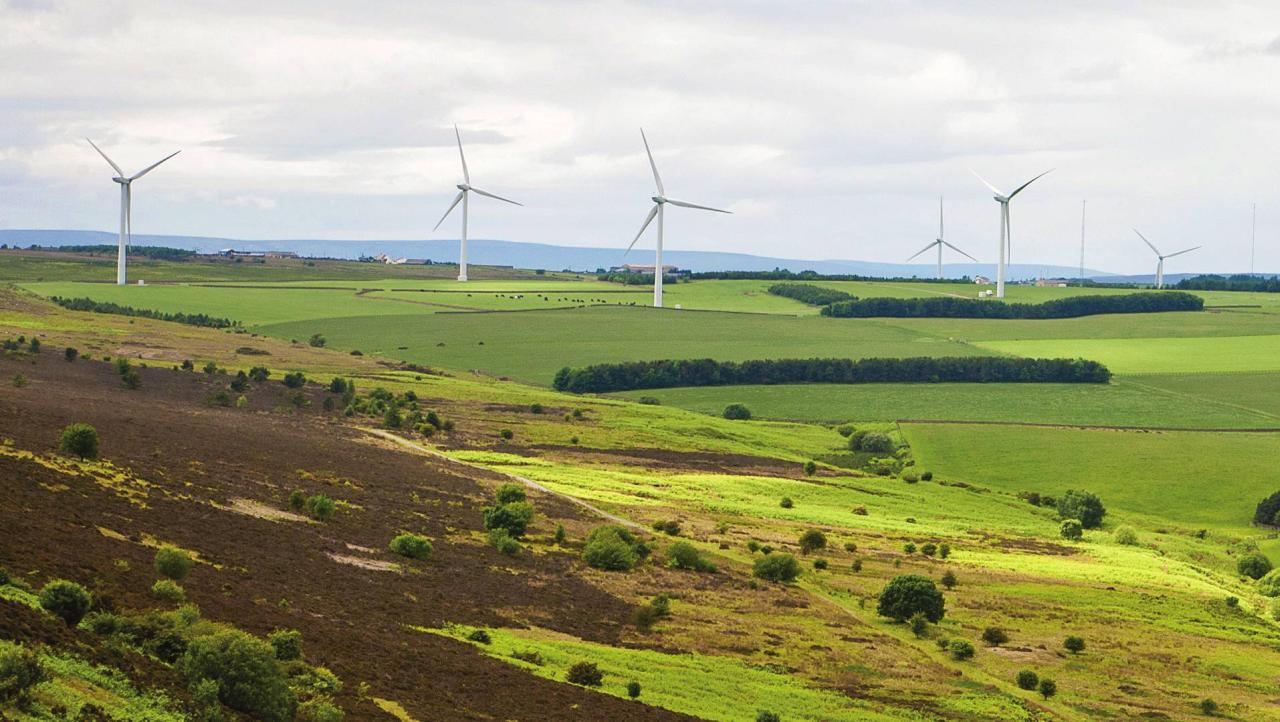The Scottish government has approved Banks Renewables’ plans for the over 105 MW Lethans wind farm in East Ayrshire, Scotland.
The go-ahead for the 105.6 MW development follows a revision to the proposals that will see 22 turbines with tip heights of 220 metres built at the project east of New Cumnock.
The original plan for Lethans was approved in March 2018, but Banks Renewables undertook a redesign to maximise efficiency, including reducing the number of turbines from 26 and changing the layout of the wind farm.
Banks Renewables said it has worked closely with local independent renewable energy consultancy and service provider Natural Power to deliver the project.
Banks Renewables sustainability and external affairs manager Robin Winstanley said: “This has taken many years of hard work, planning and close consultation with the local community and it is a major milestone to see it over the line.
“As well as being a meaningful advance in Scotland’s green energy agenda, approval for Lethans will also deliver real, deep and long-lasting benefits to the local people, the environment and to the economy of East Ayrshire.
“We’d like to thank everyone who has contributed to the planning processes over recent years, particularly those members of the local community who have fully embraced the process.
We’re excited to move this project forward and make the many benefits that it will deliver a reality.”
Once built, Lethans will bring Banks operational wind farm portfolio in Scotland to 300 MW, including Kype Muir and Middle Muir projects, and across the UK to 400 MW.
Winstanley added: “Over the 30 years of its lifespan, Lethans will contribute at least £7.1m into a local community benefit fund.
“It will also contribute another £7.1m to East Ayrshire Council’s Renewable Energy Fund.
“That is money that can be targeted to make a meaningful and positive impact on life in the area, particularly on projects which local people have identified as important to them.”
Natural Power principal project manager Emily Galloway said: “As the renewable energy industry works towards its climate change targets, it is vital that onshore wind farms maximise their efficiency in order to provide low cost, low carbon electricity to energy consumers. Therefore larger, more productive turbines that maximise energy yields must be considered.
“We are really delighted to see another pioneering scheme pushing the boundaries of turbine dimensions – securing the best possible outcome for our client and the wider energy sector.”
Construction of the project will also deliver major local benefits, since Banks Renewables’ Connect2Renewables Charter is expected to see at least £16m in invested in the area via local suppliers and contractors.

